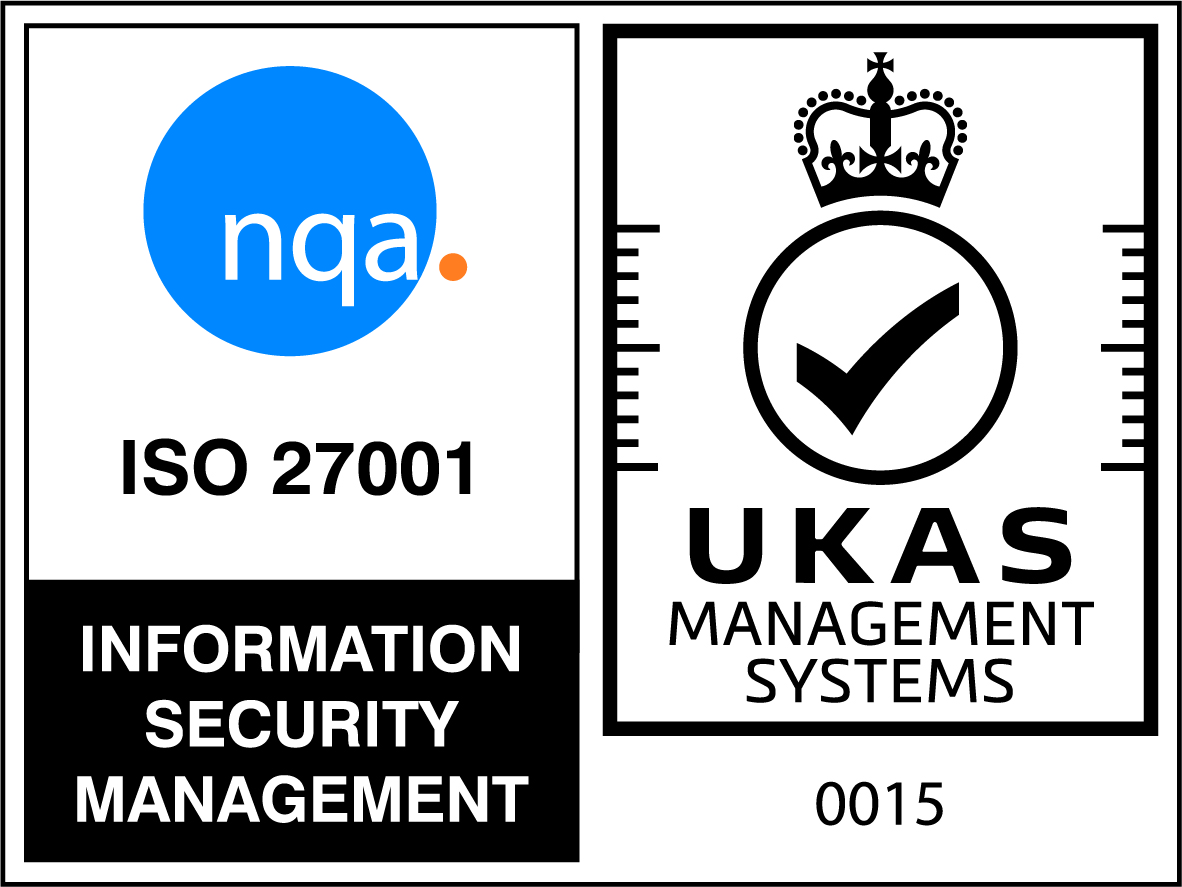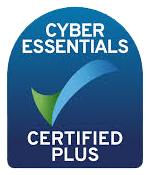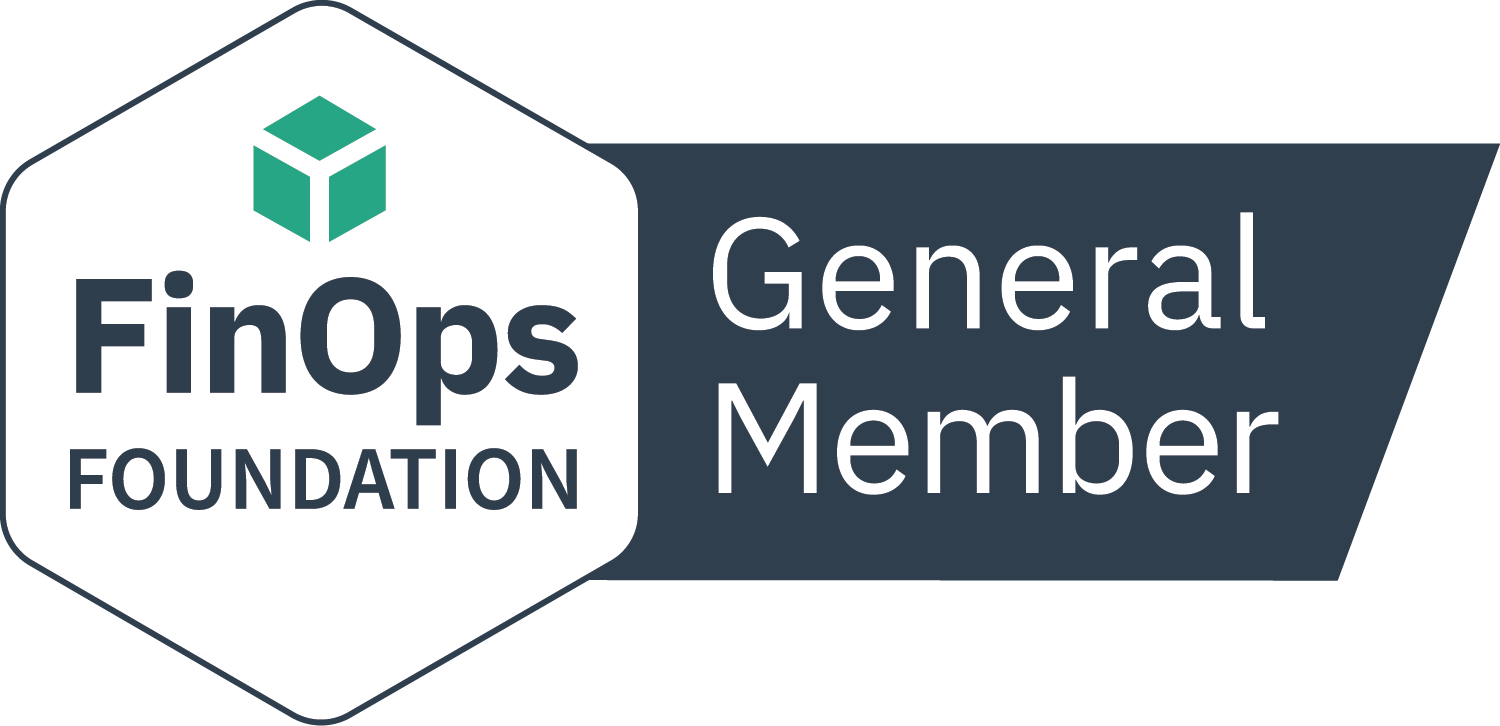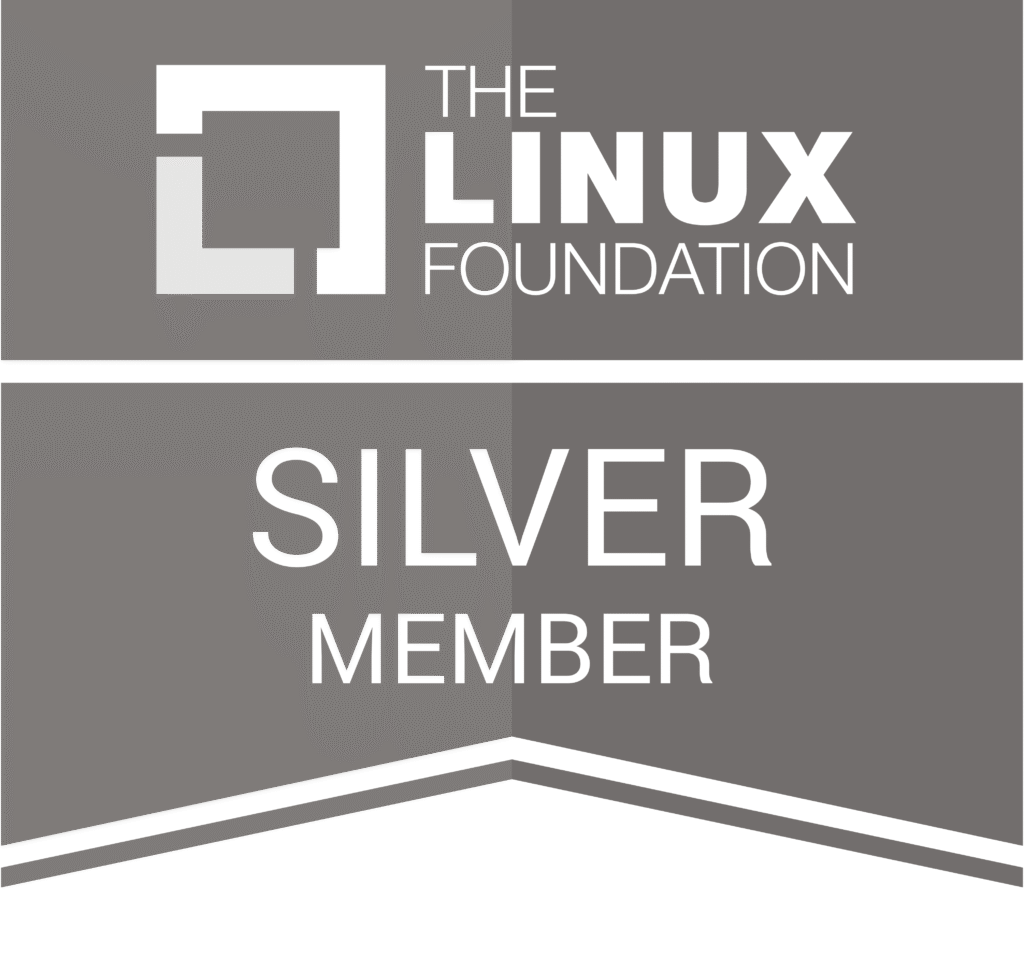John Mattinson, Operations Director, Certero
Originally posted in May 2016, revised in December 2019.
Virtualization offers a great way to cut costs but, due to Oracle partitioning, is fraught with potential licensing time bombs that could incur expense greater than the original savings.
This is particularly so in relation to the deployment of Oracle products due to Oracle’s very tight definition of what it recognizes as virtualization. So, how does Oracle partitioning effect your licensing? Oracle have a concept of both “hard” and “soft” partitioning:
Soft partitioning
Soft partitioning divides the OS using OS resource managers. Oracle explicitly states that “… soft partitioning…is not permitted as a means to determine or limit the number of software licenses required for any given server or cluster of servers.”
What does this mean exactly? Well, if you implemented, say VMWare, on a cluster and you run Oracle on any machine in that cluster, you will need to license every single machine in the cluster – not just the server it is installed on.
As you can imagine, this will be pretty expensive and quickly eradicates the virtualization savings. We have come across many sites who have made just this mistake and usually it is only picked up when Oracle audit, leading to large true-up costs.
Hard partitioning
Hard partitioning is where a single server is separated physically into “distinct” smaller systems acting as physical, independent and self-contained servers.
Oracle has specifically identified and approved a number of these technologies that it recognizes for licensing purposes:
- Physical Domains – also known as PDomains, Dynamic Domains or Dynamic System Domains
- Solaris Zones – also known as Solaris containers, capped zones/containers only
- IBM LPAR – plus DLPAR with AIX 5.2
- IBM Micro-partitions – capped partitions only
- vPAR
- nPAR
- Integrity virtual machine – capped partitions only
- Secure resource partitions – capped partitions only
- Fujitsu PPAR
Oracle VM Server can also be used, but the rules for this are precise and complex and should be investigated thoroughly before implementation.
Linux KVM is a recent (October 2019) addition to the policy and requires customers to adhere to a specific process via Oracle Linux Virtualization Manager in order to meet the hard-partitioning requirements.
The morale of the story is to tread very carefully when virtualizing/partitioning in Oracle environments. It is also important to use a specialist Oracle software asset management solution such as Certero for Oracle to simplify and manage hard and soft partitioning with the Oracle Partitioning Policy within your estate.
Keen to discover how Certero can support you with Oracle partitioning and virtualization? Request a call back or chat with an expert below.

